Ode to Osaka: Bulging White Balloons at the Norwegian National Museum
Ode to Osaka bulges as part of the architecture's collection at the Norwegian National Museum. These unusual white balloons are a continued chapter of Sverre Fehn's competition entry for the Osaka World Expo in 1970, one of the world's most popular exhibitions.
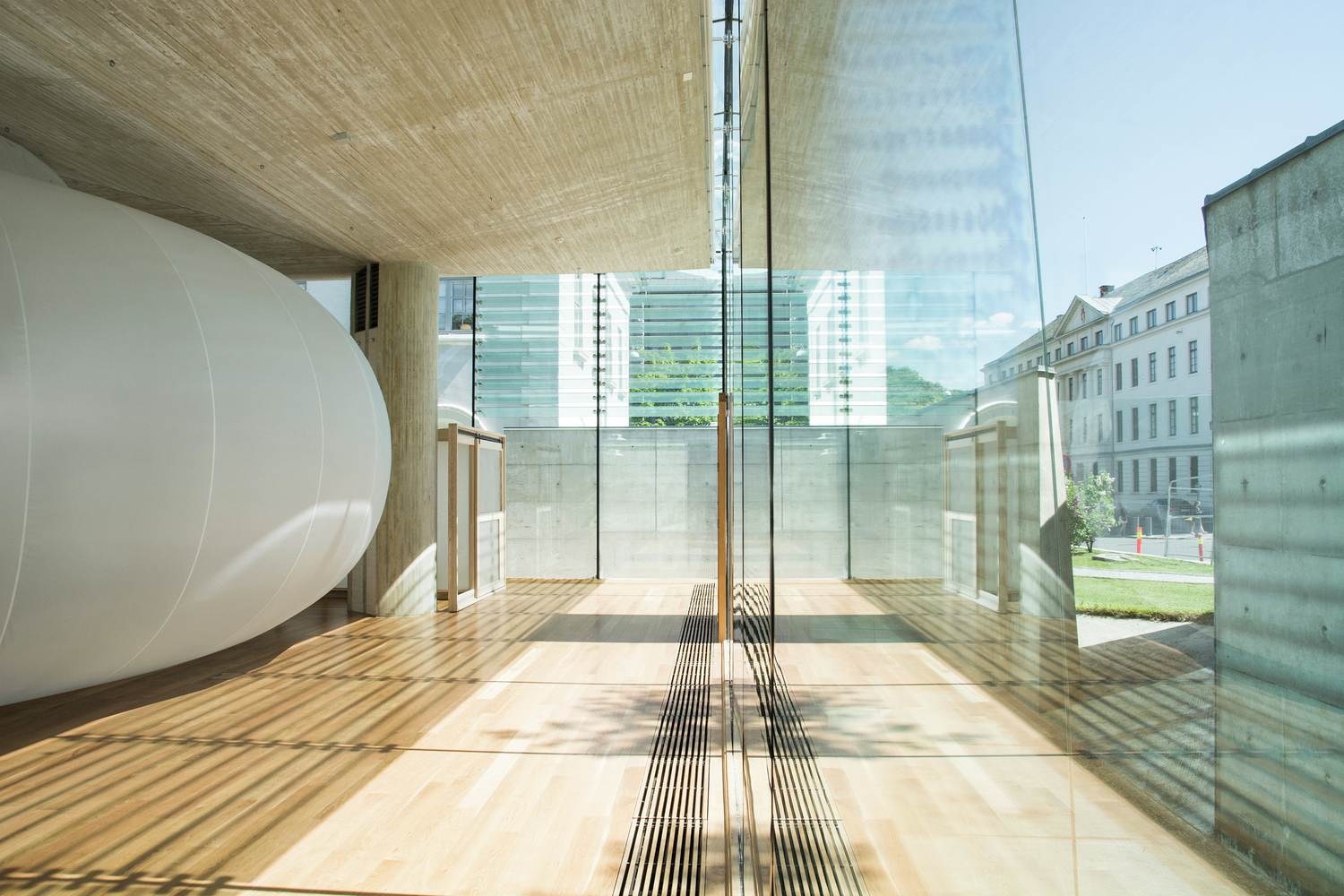 Ode to Osaka in the Norwegian National Museum pavilion (cr: Manthey Kula)
Ode to Osaka in the Norwegian National Museum pavilion (cr: Manthey Kula)
In his design, Fehn highlighted the contradictory relationship between industrial pollution and pristine nature, which is in line with the event's theme, "Progress and Harmony for Mankind." Fehn envisioned it as an inflated structure, a Nordic Pavilion with two huge balloons stacked on each other.
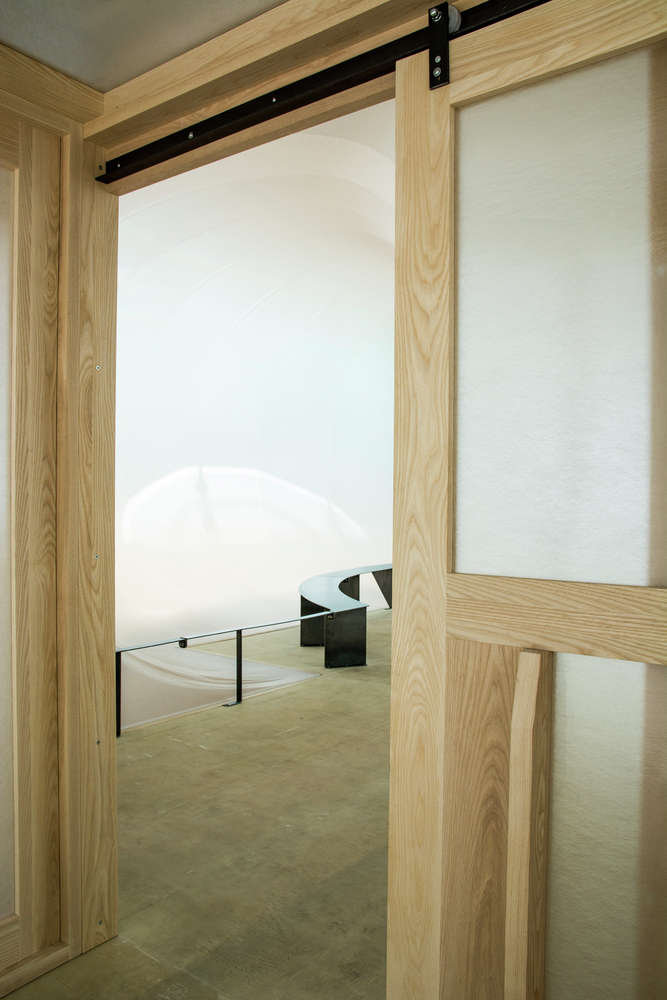 Entrance to the balloon (cr: Manthey Kula)
Entrance to the balloon (cr: Manthey Kula)
The upper balloon would be filled with certain pressurized air to press down the balloon beneath, intended as the exhibition space. The pressure would create a bulge in the lower interior volume, and the designer planned to project Scandinavian natural scenes across the balloon walls. Unfortunately, this atypical modern pavilion was not built at that time.
 The space inside the balloon (cr: Manthey Kula)
The space inside the balloon (cr: Manthey Kula)
Decades later, the issues Fehn raised in his design are still relevant: the world still struggles with the air quality decline caused by industrialization. The National Museum of Norway decided to work with Manthey Kula Architects to realize the design, reviving the ideas of Sverre Fehn—Norway's leading post-war architect—in the museum pavilion, the architect's final built work.
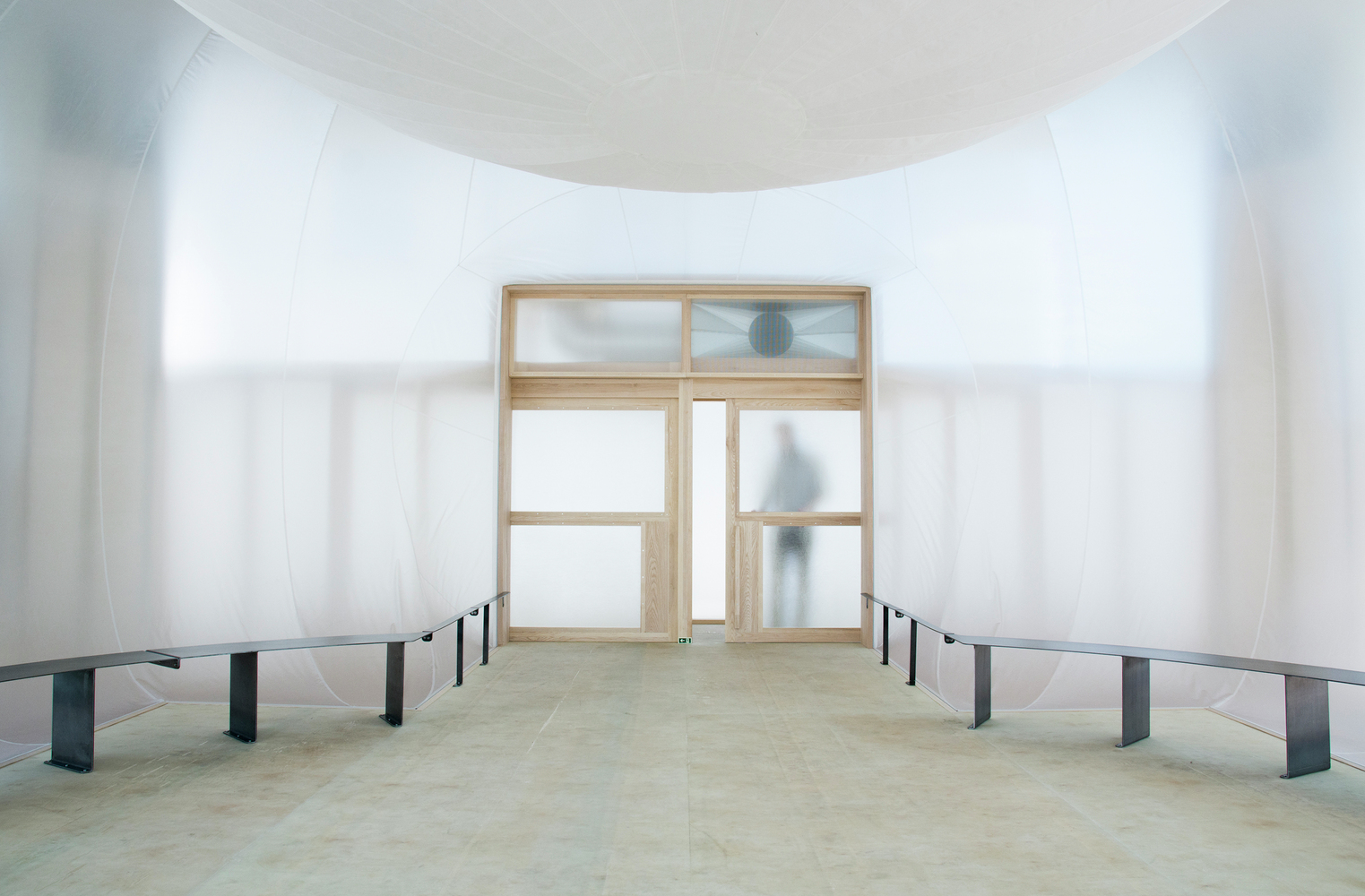 Translucent membrane (cr: Manthey Kula)
Translucent membrane (cr: Manthey Kula)
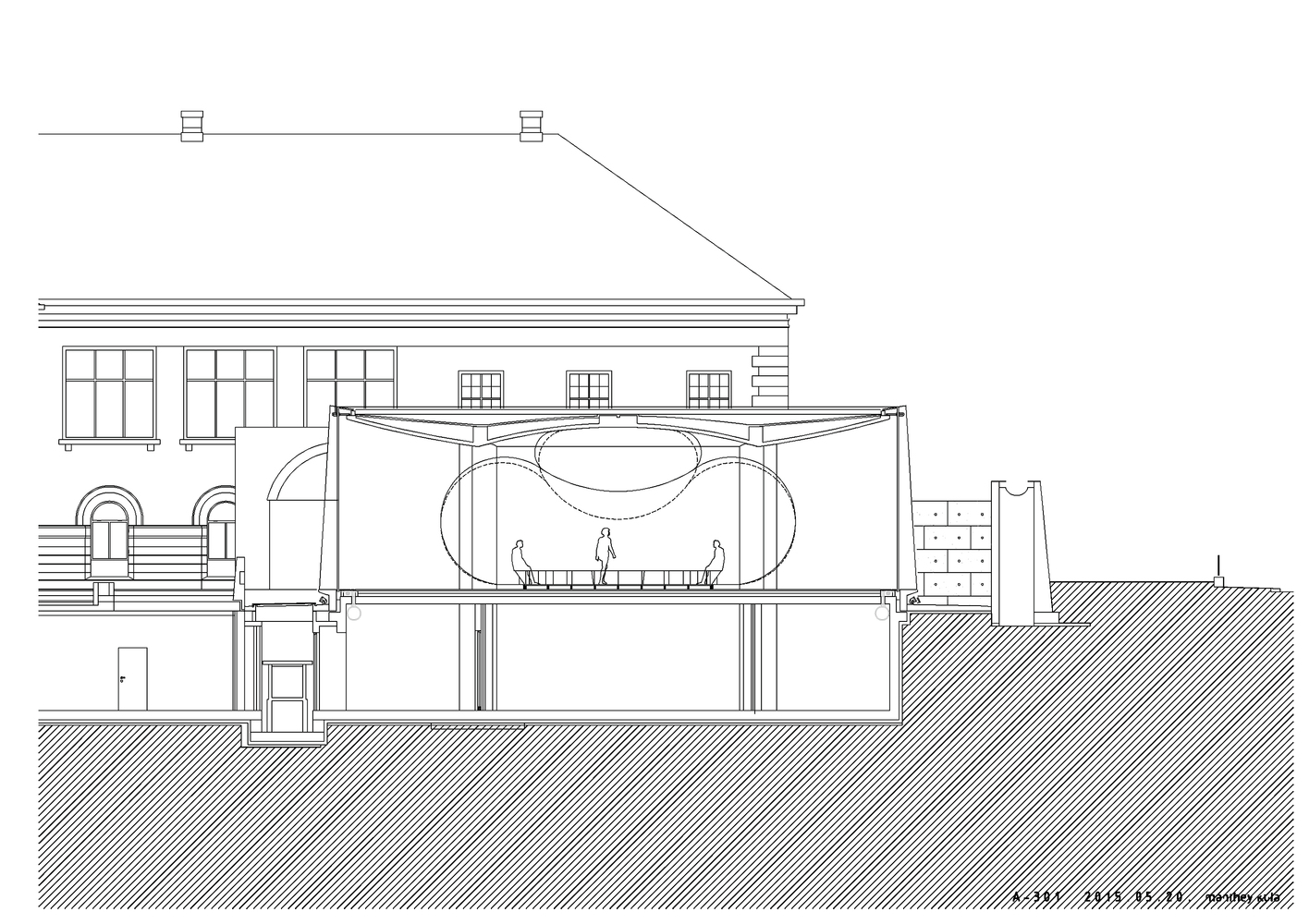 Section
Section
Manthey Kula further developed the project in a contemporary way while remaining rooted in Fehn's concept of a breathing space. The team completed the project in 2015 after overcoming various technical questions relating to materials, geometry, size, siting, and exhibition content. The space inside the balloon is left empty with no object displayed—the space is the exhibit.
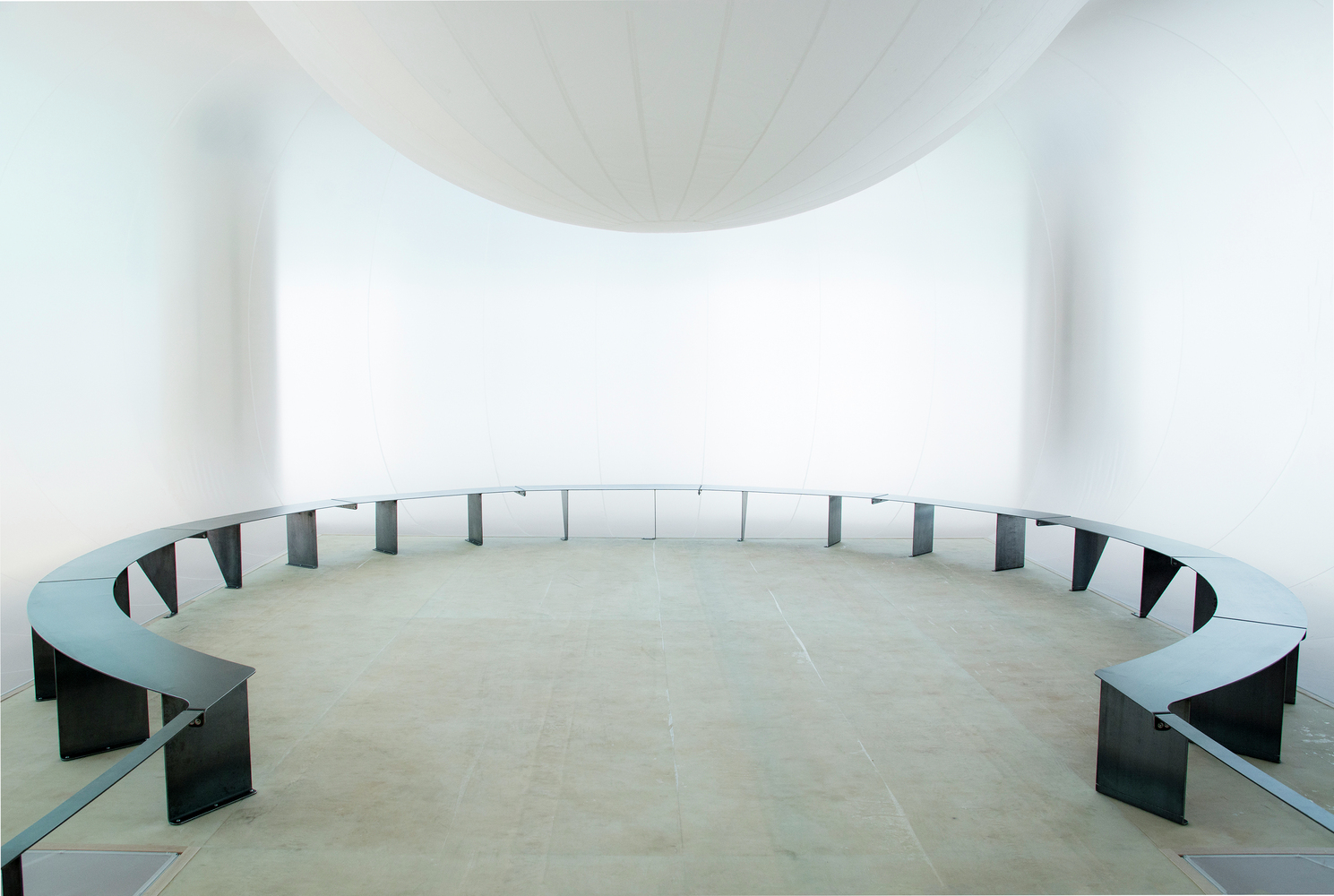 Empty lower balloon (cr: Manthey Kula)
Empty lower balloon (cr: Manthey Kula)
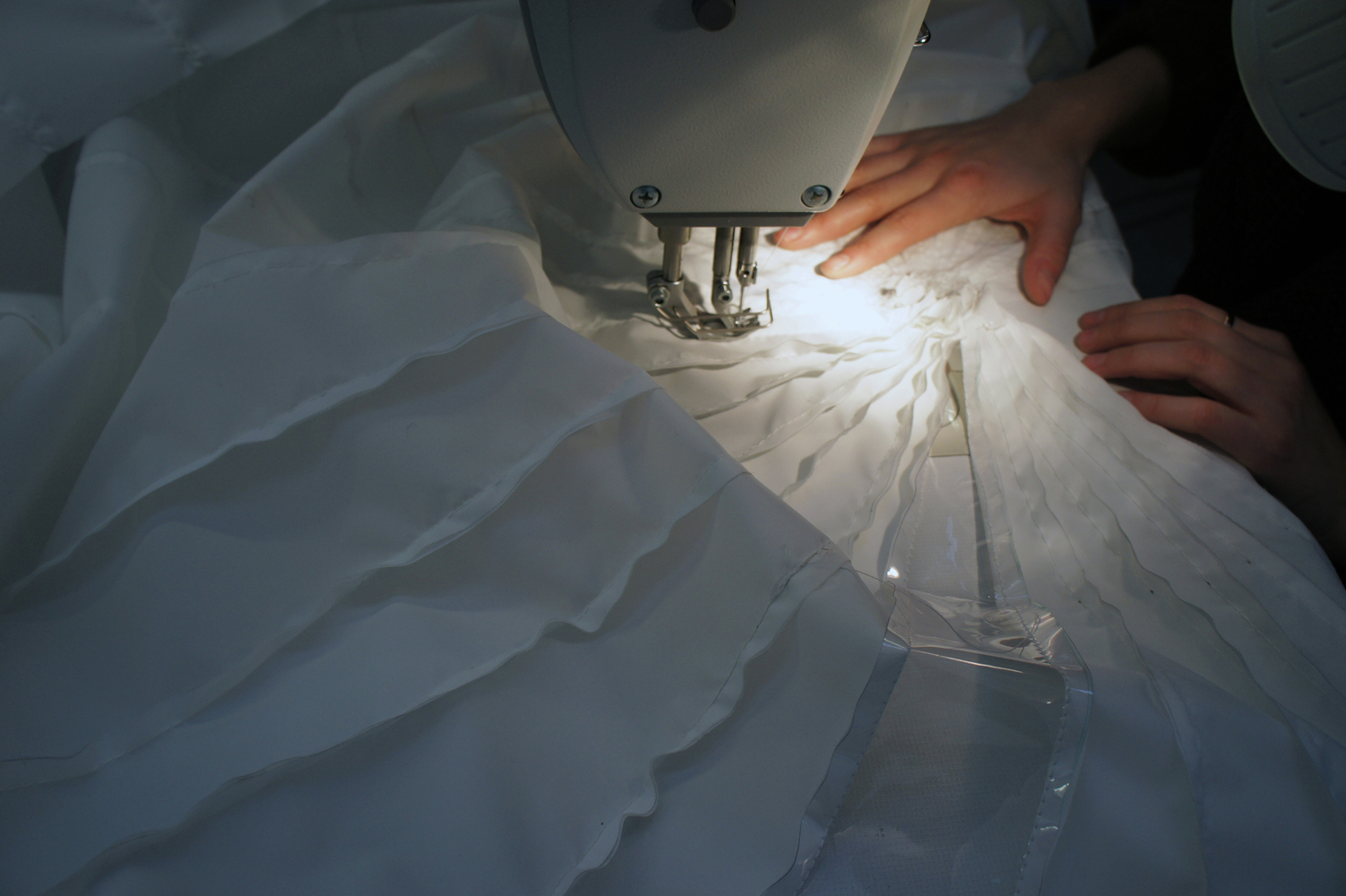 Membrane sewing process (cr: Manthey Kula)
Membrane sewing process (cr: Manthey Kula)
Although the results do not exactly replicate the original design, Manthey Kula succeeded in interpreting the essence of Fehn's design vision and conveying the message of environmental protection in industrial society.


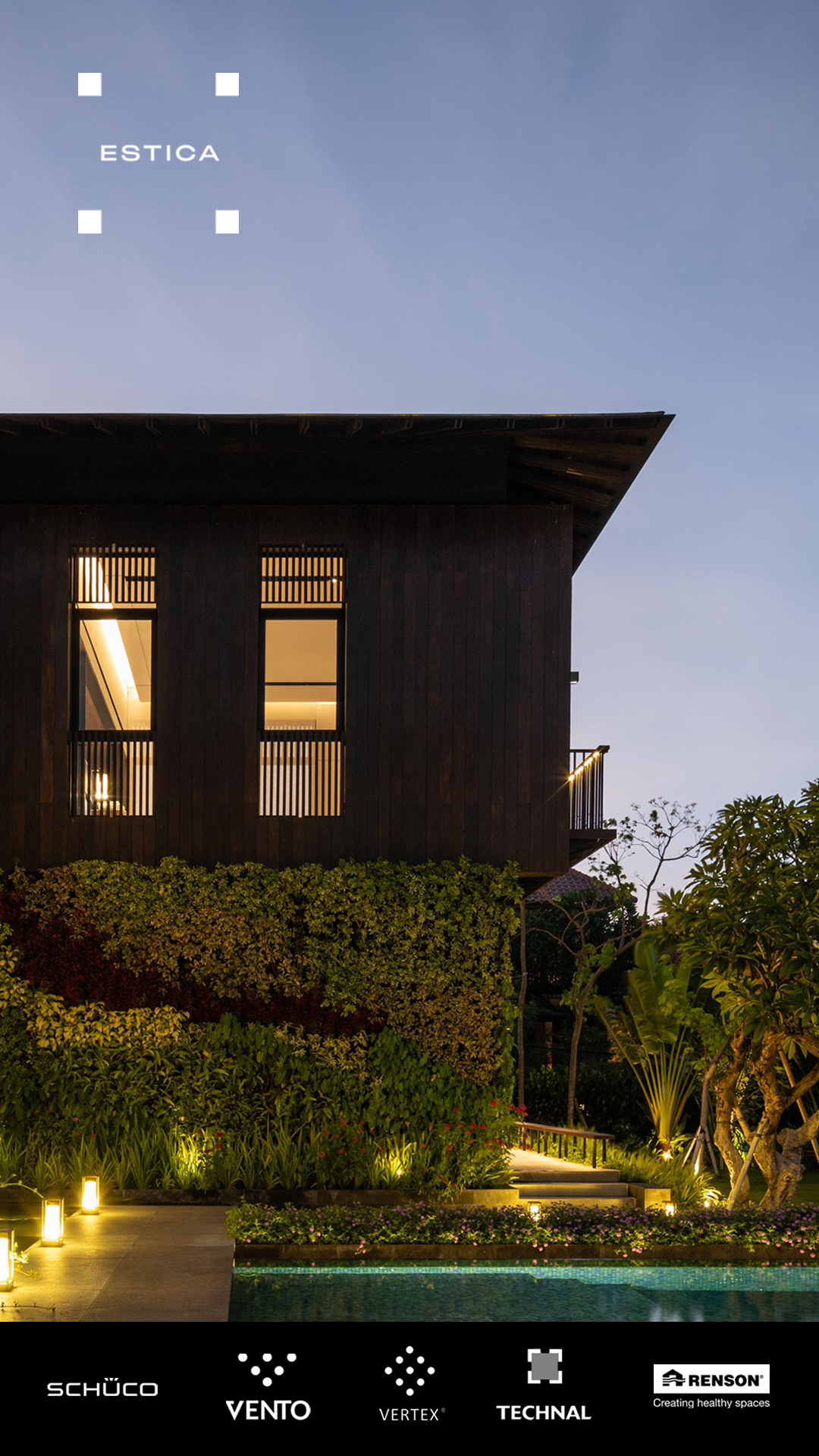
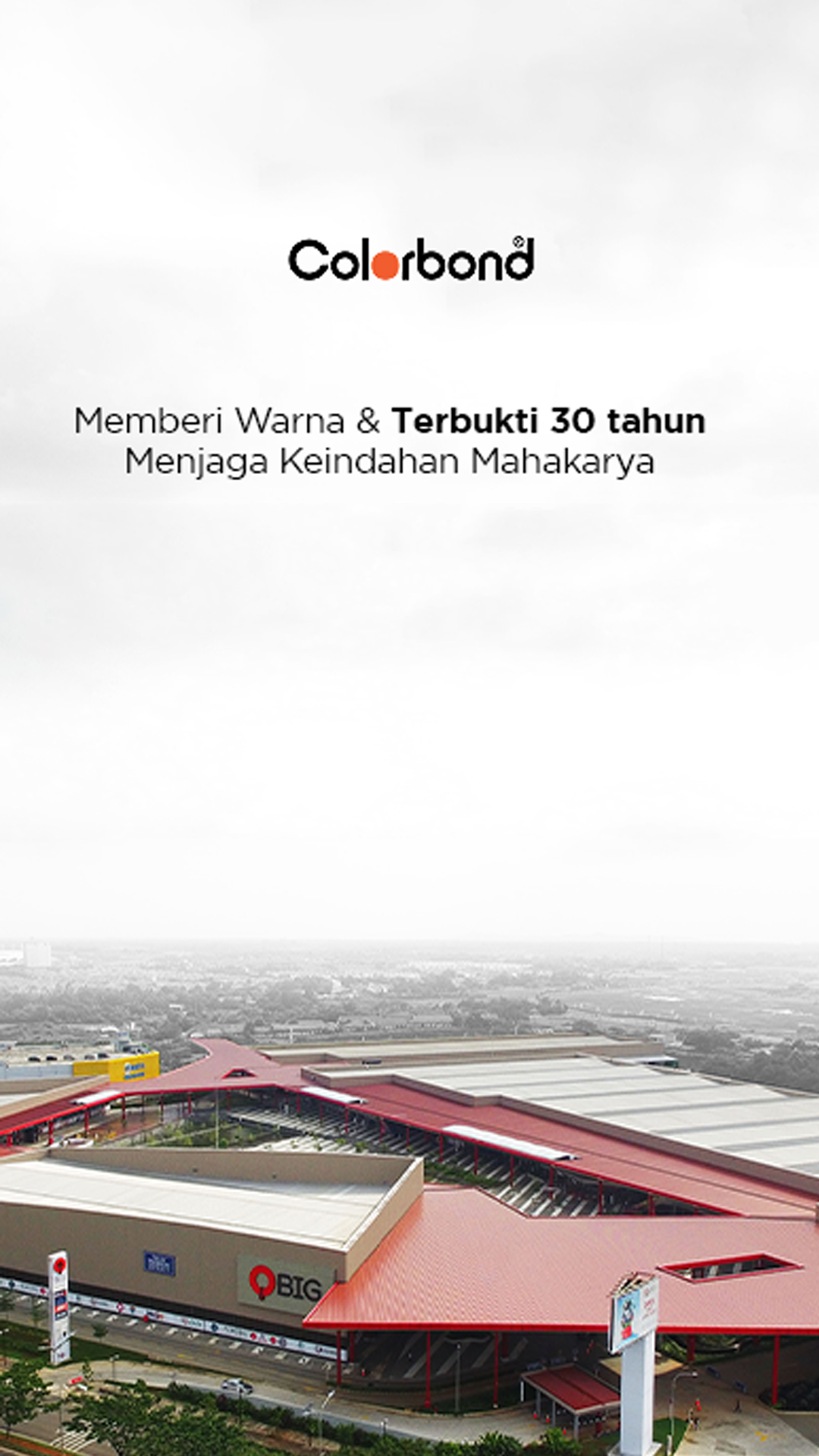

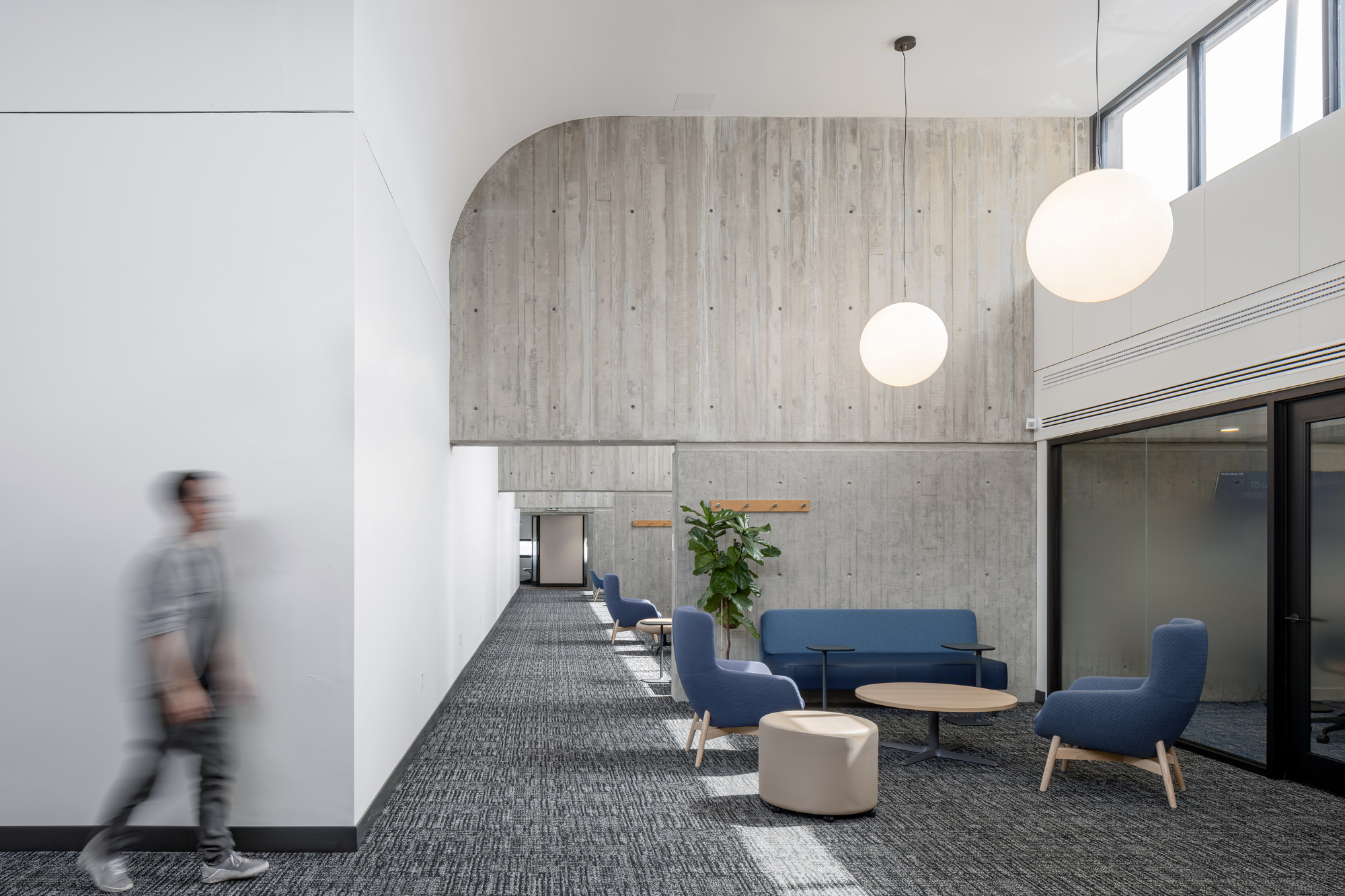

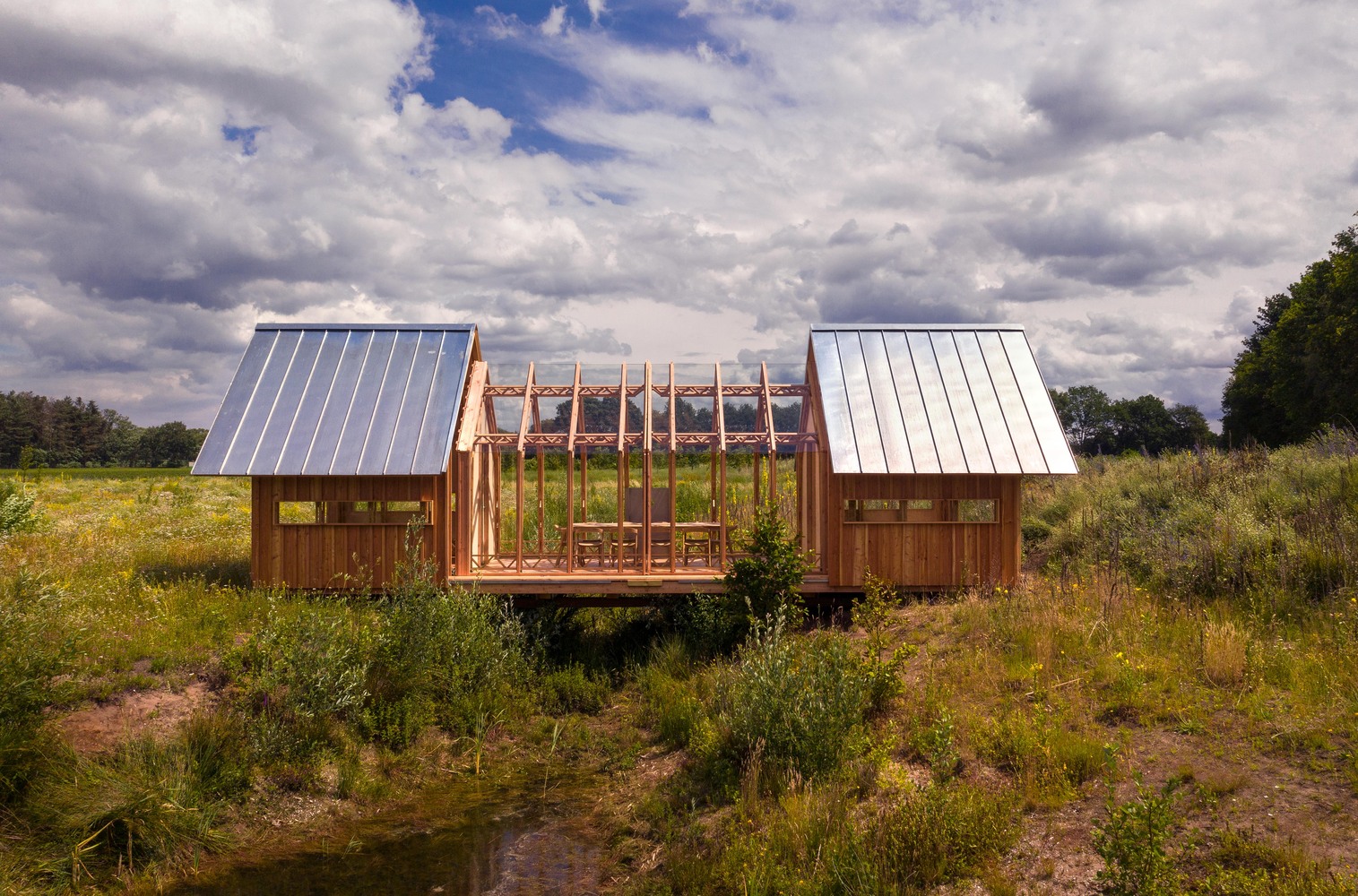

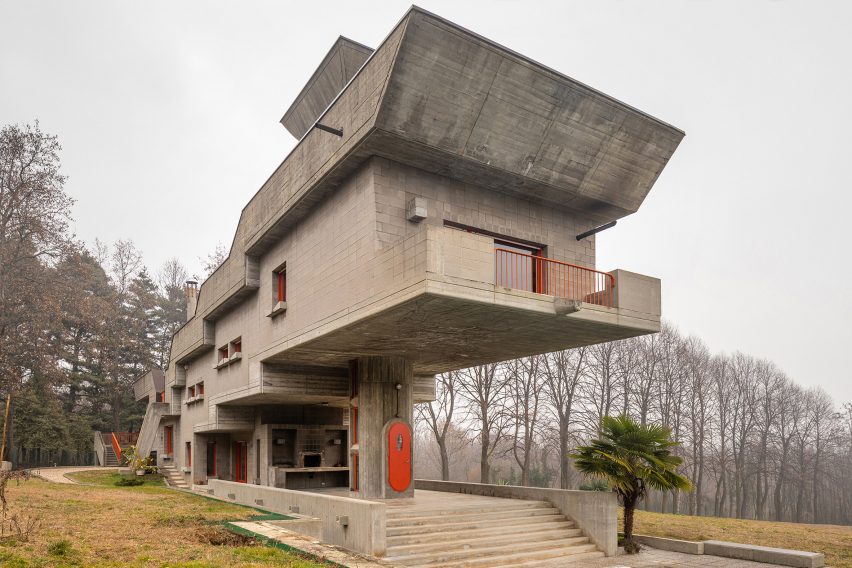
Authentication required
You must log in to post a comment.
Log in